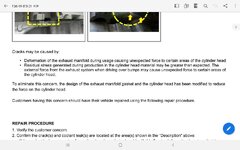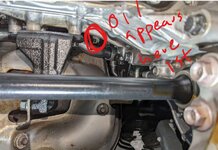So. Is there any data that suggest if a redesigned head was used in production?
And if so when. We really like our 2020 CX-5. But I don't have a lot of confidence
that a redesigned head even exist unless Mazda can and will answer this question.
And what was the change in the design? Someone must know.
My only complaint is the cheap spare tire. I don't like traveling long distance with it. But otherwise it's a keeper. Thanks.
And if so when. We really like our 2020 CX-5. But I don't have a lot of confidence
that a redesigned head even exist unless Mazda can and will answer this question.
And what was the change in the design? Someone must know.
My only complaint is the cheap spare tire. I don't like traveling long distance with it. But otherwise it's a keeper. Thanks.
Last edited:


